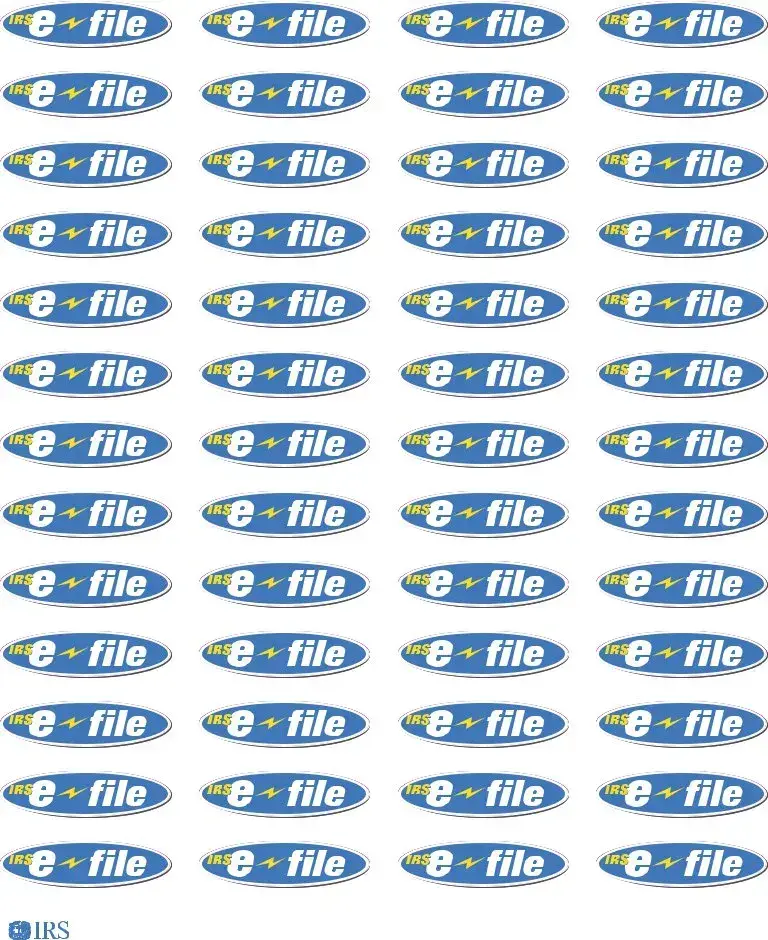The IRS Form W-9, "Request for Taxpayer Identification Number and Certification," shares similarities with the IRS 3010 form as both are integral to tax reporting and compliance processes administered by the Department of the Treasury. The Form W-9 is often used by businesses to request the taxpayer identification number (TIN) of a U.S. person (including a resident alien) to ensure proper reporting to the IRS of income paid to the payee and real estate transactions, among other financial interactions.
IRS Form 1099, which encompasses a variety of documents including the 1099-MISC for miscellaneous income, is another document related to the IRS 3010. It is primarily used for reporting non-employment income to the IRS, serving individuals, independent contractors, and entities in disclosing information about payments made or received in the course of a trade or business. Both forms are crucial for maintaining accurate records of taxable transactions and ensuring compliance with federal tax laws.
The IRS Form 1040, "U.S. Individual Income Tax Return," is a comprehensive form used by taxpayers to file their annual income tax returns. Similar to the IRS 3010, it is a key document in the tax filing process, aiding individuals in reporting their annual income, claiming deductions, and calculating their tax refund or amount owed to the federal government. These forms collectively ensure that individuals and entities report their financial activities accurately to the IRS.
The IRS Form 4868, "Application for Automatic Extension of Time To File U.S. Individual Income Tax Return," also shares commonalities with the IRS 3010 form, inasmuch as both involve filing processes with the IRS. While Form 4868 provides individuals with a means to request additional time to file their annual income tax returns, the IRS 3010 encompasses broader tax information and guidance, underscoring the variety of documents utilized in adhering to tax obligations.
The IRS Form 8822, "Change of Address," like the IRS 3010 form, is used in communications with the IRS. Form 8822 enables taxpayers to notify the IRS of any changes to their mailing address, ensuring that they receive crucial tax correspondence and documents timely. This procedural similarity highlights the importance of accurate and current information in taxpayer and IRS interactions.
The Form 4506-T, "Request for Transcript of Tax Return," is another document closely related to IRS 3010, allowing individuals and entities to request tax return information. This form is often used to verify income for loans or government assistance, providing a historical tax overview that can be pivotal for various financial determinations. It showcases the necessity of transparent, accessible tax records.
The IRS Form 941, "Employer's Quarterly Federal Tax Return," is used by employers to report income taxes, social security tax, or Medicare tax withheld from employees' paychecks, and is thus akin to IRS 3010 in its focus on tax reporting. Both contribute to the accurate and systematic collection of taxes that fund federal programs and services, emphasizing the role of documentation in fiscal responsibility.
The Schedule C (Form 1040), "Profit or Loss from Business," is a supplemental form used by sole proprietors to report the profits or losses of their business to the IRS. Its connection to IRS 3010 lies in the reporting of financial information that impacts an individual's or entity's tax liability and compliance status. This document is essential for small business owners in calculating their taxable business income.
The IRS Form 1023, "Application for Recognition of Exemption Under Section 501(c)(3) of the Internal Revenue Code," while distinct in purpose, shares procedural and compliance-related parallels with IRS 3010. This form is utilized by organizations seeking tax-exempt status, highlighting the diverse nature of IRS forms in addressing various aspects of tax law and regulation.
Lastly, the IRS Form 7004, "Application for Automatic Extension of Time To File Certain Business Income Tax, Information, and Other Returns," like the IRS 3010 form, facilitates adherence to tax filing deadlines by allowing businesses additional time to prepare their tax returns. Both documents underscore the importance of meeting tax obligations while providing mechanisms to accommodate the practical needs of taxpayers.

